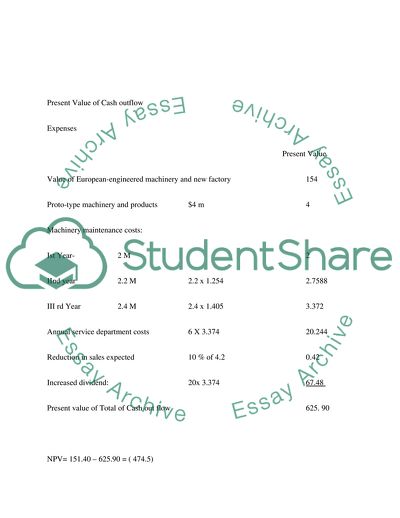Cite this document
(Financial Analysis of Commonwealth Australia Bank and BHP Billiton and Assignment, n.d.)
Financial Analysis of Commonwealth Australia Bank and BHP Billiton and Assignment. Retrieved from https://studentshare.org/finance-accounting/1728888-corporate-finance-q2project-evaluation-in-practise-q1company-reports
Financial Analysis of Commonwealth Australia Bank and BHP Billiton and Assignment. Retrieved from https://studentshare.org/finance-accounting/1728888-corporate-finance-q2project-evaluation-in-practise-q1company-reports
(Financial Analysis of Commonwealth Australia Bank and BHP Billiton and Assignment)
Financial Analysis of Commonwealth Australia Bank and BHP Billiton and Assignment. https://studentshare.org/finance-accounting/1728888-corporate-finance-q2project-evaluation-in-practise-q1company-reports.
Financial Analysis of Commonwealth Australia Bank and BHP Billiton and Assignment. https://studentshare.org/finance-accounting/1728888-corporate-finance-q2project-evaluation-in-practise-q1company-reports.
“Financial Analysis of Commonwealth Australia Bank and BHP Billiton and Assignment”, n.d. https://studentshare.org/finance-accounting/1728888-corporate-finance-q2project-evaluation-in-practise-q1company-reports.


